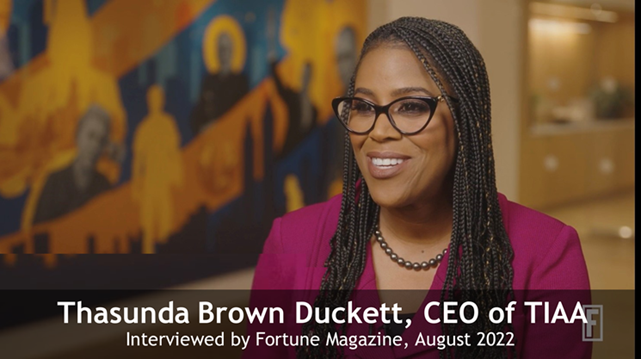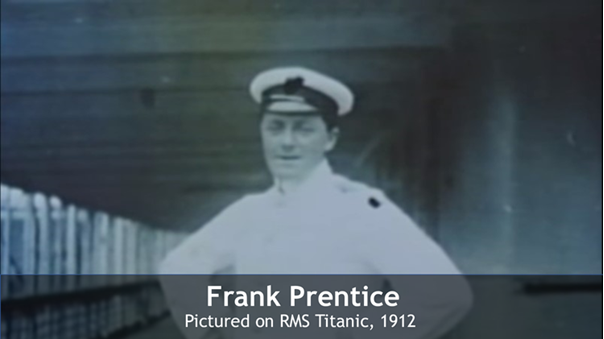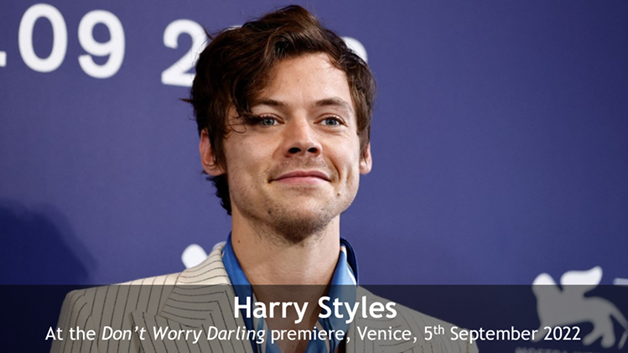In less than a month in the job, the communication style of the UK’s new PM has been in the spotlight almost as much as her policies. In the latest edition of Impact Insights, Dominic Reynolds and the Kekst CNC Impact team ask why some people attract applause when they speak, and others don’t.


Applause – and how to get it
Structure, stresses and packs of three
- To a leader delivering a speech, there’s no sweeter sound than an outbreak of spontaneous applause.
- So why does applause follow some leaders more than others? Why, for example, did the UK’s new Prime Minister receive a baffled silence in response to an applause line in her acceptance speech? (Watch from 01:20). Why did Jeb Bush famously resort to asking an audience to “please clap”?
- Applause during speeches is more science than art. And it’s more likely in certain conditions:
- When the speaker namechecks ideas, names, or places the audience relates to.
- Following a well-balanced tricolon – a sentence with three matching sections.
- When the speaker’s intonation signals they’ve concluded a thought.
- If you send mixed signals – patterns of four rather than three, references that don’t resonate, uncertain intonation at the ends of sentences – your audience will hold back.
- The most applauded leaders are those that send their audience the clearest signals.
The lesson for leaders: If you want your audience to react, make sure you leave them in no doubt as to the right moment. But avoid saying “please clap”.


Don’t be yourself – be the business
How to land messages without actually saying them
- You’ve probably been told at some point to ‘be yourself’ when communicating with media or people who work for you. The word ‘authentic’ has been bled dry through overuse.
- Often the better advice is to be the business. If you can be a walking showcase for the values and approach of your company – both in what you say and how you say it – you’ll have a better chance of influencing your audience.
- In this interview with Fortune Magazine, Thasunda Brown Duckett – CEO of pension fund TIAA – responds to questions about the looming economic storm in a way that’s unflustered, clearly-thought out and rich with perspective.
- It’s no coincidence that those are qualities that people relying on TIAA’s investment decisions will find reassuring. She is her business, in human form.
The lesson for leaders: From Elon Musk to Whitney Wolfe Herd and even Michael O’Leary – many of the most effective executive advocates are just holding a mirror up to their businesses.


The Titanic told through a single lifeboat
The power of shifting from wide-angle to close-up
- It’s easy for senior leaders to feel that their communication should always be big picture: where the business is heading; why the market conditions are right; how values will guide the way.
- But the reality is that it’s hard to emotionally engage an audience with only macro-storytelling – emotion is transmitted by details.
- Ask yourself what it is that’s so powerful about this extraordinary story from survivor Frank Prentice about the night the Titanic sank.
- The events are all big picture and hard to grasp – the scale of the ship, the volume of people, the distance of the decades since.
- What connects is the story of Mrs Clark. It’s human, specific and runs in parallel to the ship’s sinking. Mrs Clark’s tragedy translates the big picture into a scale we can make sense of.
The lesson for leaders: Don’t get stuck at 10,000ft. The best communication comes from the shift between macro and micro.


“The movie feels like a movie”
Why even superstars need a media game plan
- We are as surprised as you to find that Harry Styles could be a source of leadership communications advice.
- But the singer’s much-mocked responses to a journalist while promoting his new film in Venice last month are a powerful reminder of the value of prepping a few key ideas in advance of media engagements.
- Three thoughts, with a range of anecdotes to support them, would have served both his journalist and his audience much better. And they would have given Mr Styles somewhere to go when he found himself rambling.
The lesson for leaders: Have a plan. Going into an interview with nothing to say hands control completely to the journalist.
If you’re interested in enhancing the impact you make, get in touch with the Impact Communication team. We’re helping leaders every day to make stronger connections with the media, their employees, their peers and investors. Email: [email protected]

